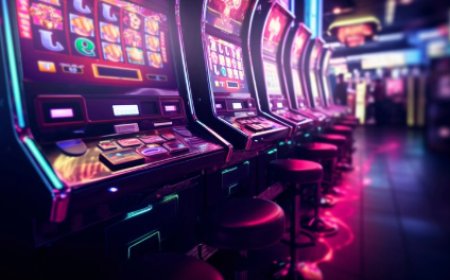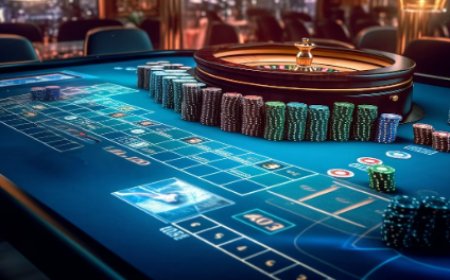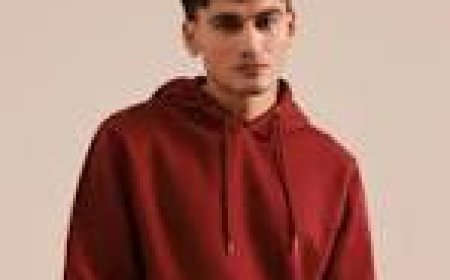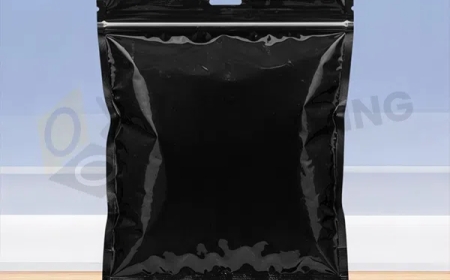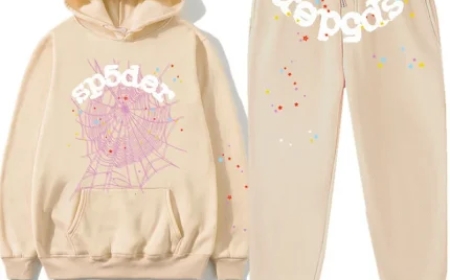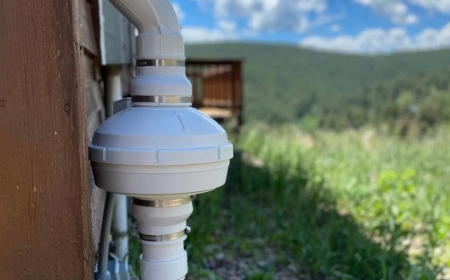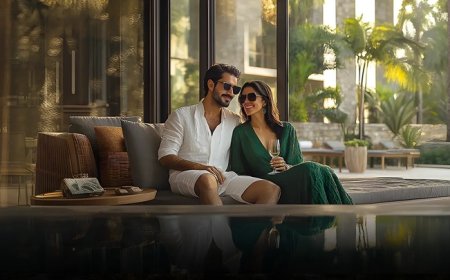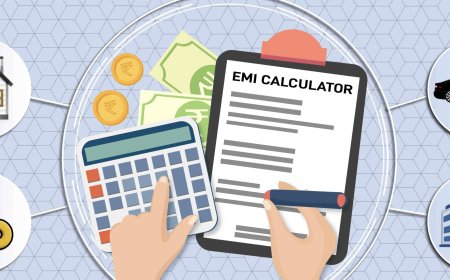Fashion Shows: The Process from Concept to Runway
Fashion shows are more than just glamorous events with flashing cameras and beautifully dressed models strutting down the runway. Behind the scenes, there is a detailed and often grueling process that transforms a simple design idea into a full-scale production. From the first stroke of inspiration to the final model walk, fashion shows represent the culmination of months of creative effort, collaboration, and planning. Whether it's Paris Fashion Week or a local designer showcase, the journey from concept to runway is a fascinating one.
One of the first steps in the process is inspirationwhat designers often call the "concept" phase. This might come from a piece of art, a period in history, nature, personal experiences, or even a specific cultural movement. For example, a designer might explore 90s streetwear, blending it with modern aesthetics to create a nostalgic yet fresh collection. A great example of this kind of style evolution can be seen in modern streetwear pieces like theFresh Love Hoodie, which combines comfort with a strong style statement.
Concept Development: Where Ideas Take Shape
Once the initial inspiration strikes, the designer begins to develop their concept more concretely. This usually starts with mood boardscollages of images, fabric swatches, sketches, and textures that capture the desired mood or theme of the collection. These boards serve as visual guides and help keep the creative direction focused.
In this stage, designers also think about the season (Spring/Summer or Fall/Winter), the audience, and the potential venues. All of these elements influence the look and feel of the final show. Designers must also decide on a color palette and the kind of silhouettes they want to create.
Sketching and Designing: Ideas Become Outfits
With a clear concept in place, the designer begins sketching outfits. These fashion sketches, also called croquis, provide a visual representation of how the garments will look when worn. Theyre often exaggerated to emphasize key features such as length, volume, and proportion.
Designers also consider materials at this stage. The choice of fabric can dramatically impact how a garment looks and moves. Luxurious silks, breathable cotton, structured denim, flowing chiffoneach brings something unique to the final outfit. The selection depends on the season, the theme, and the designer's personal aesthetic.
Pattern Making and Prototyping
Once designs are finalized on paper, the next step is bringing them to life. This starts with pattern making. A pattern is essentially a template used to cut the fabric pieces that will form the garment. Pattern makers often work closely with the designer to ensure that the fit, shape, and proportions match the original sketch.
After the pattern is created, the first prototype or muslin is made. This version is usually sewn with inexpensive fabric so adjustments can be made easily. The prototype is then tested on a fit modela person whose measurements match the intended sizing standard. Multiple revisions may follow before the final version is approved.
Garment Construction: Crafting the Collection
Once patterns and prototypes are approved, the production of actual garments begins. This is one of the most labor-intensive stages of the fashion show process. Depending on the scale of the collection, garments may be constructed in-house by a team of skilled seamstresses or outsourced to a manufacturing partner.
Each piece is carefully cut, sewn, lined, and finished with details like embroidery, buttons, zippers, or embellishments. At this point, everything must be perfectthe show will be the first time the collection is presented to the public and critics alike.
Model Casting and Fittings
While the garments are being prepared, another crucial element of the fashion show is coming togethermodel casting. Designers, along with casting directors, choose models who can best represent their brands identity. Some prefer tall, slender models for a high-fashion aesthetic, while others might select a diverse range of body types and ethnicities to challenge beauty standards.
After models are selected, the fitting sessions begin. Each model tries on the garments selected for them, and the designer ensures the fit, movement, and visual balance are just right. Adjustments are made to accommodate different body types, and final decisions are made about accessories, shoes, and styling.
Hair, Makeup, and Styling
To fully realize the designer's vision, stylists collaborate with hair and makeup teams to create a cohesive look. The beauty direction must complement the collection and often enhances the story behind the garments. For instance, a collection inspired by Victorian fashion might include high-neck lace gowns styled with romantic waves and flushed cheeks.
Beauty tests are conducted prior to the show day to finalize the makeup palette, hairstyles, and accessory pairings. The styling team also helps ensure that each models overall look fits seamlessly within the collections narrative.
The Venue: Setting the Stage
The choice of venue plays a vital role in creating the atmosphere of the fashion show. It could be a traditional runway in a gallery, an open rooftop, an abandoned warehouse, or even a forest clearing. The location needs to be accessible, photogenic, and capable of supporting all logistical needs like lighting, sound, and seating.
Designers often work with set designers and event planners to create an immersive environment. Everything from lighting color to background music is selected with intent, helping to immerse the audience in the story the designer wants to tell.
Rehearsals: Synchronizing the Show
Rehearsals are essential to ensure the fashion show runs smoothly. Choreographers help models understand where to walk, pause, and turn. Timing is everythingeach model needs to hit their mark without overlapping with another, and the music must align with the pace of the walk.
Lighting and camera teams also conduct trial runs to determine how best to capture the garments and angles. These rehearsals ensure that everyonefrom models to backstage crewis confident and ready for the live event.
The Big Day: Showtime
The day of the fashion show is electric with excitement and nerves. Models arrive early for hair and makeup, dressers prep each look, and PR teams get ready to receive guests. Journalists, influencers, buyers, and celebrities begin filling the seats, and anticipation builds as the lights dim.
The music starts, and the first model steps onto the runway. Over the next 10 to 20 minutes, the entire collection is presented. Its fast, dynamic, and intensely focusedmonths of work distilled into mere moments.
The designer usually walks out at the end to a round of applause, sometimes emotional from seeing their vision come to life in front of an audience.
Post-Show: Beyond the Runway
Once the show concludes, the work isnt over. Designers and their teams analyze feedback from critics, stylists, and buyers. Orders may start coming in if its a ready-to-wear collection. Editorials might feature key pieces. Celebrity stylists may request custom versions for red carpet appearances.
The designer also reflects on what worked and what could be improved. This evaluation feeds directly into the next cycle of creativity. Some even begin conceptualizing their next collection immediately after the show.
Why Fashion Shows Matter
Fashion shows are more than just pageantry. They are important platforms for artistic expression, social commentary, and innovation. They give designers the opportunity to push boundaries, spotlight underrepresented communities, and start cultural conversations. Whether a small indie brand or a global luxury house, every fashion show is a statement of identity and intent.
They also serve as commercial tools. Many designers rely on the exposure and buzz generated from shows to fuel sales, land collaborations, and build brand recognition. In todays digital world, fashion shows are also streamed live, shared on social media, and dissected on blogs, amplifying their reach far beyond the audience in the room.
Conclusion
The journey from concept to runway is a breathtaking blend of creativity, technical skill, teamwork, and vision. Every button sewn, every light adjusted, every model cast is part of a larger narrative carefully curated by the designer. Fashion shows are the final resulta visual celebration of months of tireless work. They represent not just clothing, but dreams, stories, and the ever-evolving heartbeat of culture.
For fashion lovers and aspiring designers alike, understanding this process provides a deeper appreciation of what goes into each look that graces the runway. Behind every dazzling moment on stage is a world of effort that makes it all possible.





